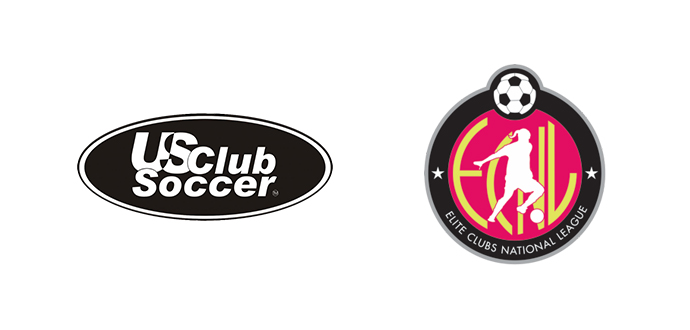By Paul Nicholson
June 1 – The newly launched Elite National Premier League (ENPL) will complement the newly activated USSF Development Academy (DA) programme and league, not detract from it, says Kevin Payne, CEO of US Club Soccer, one of the founding organisations of the new national league alongside the Elite Clubs National League (ENCL).
Announced last week, the ENPL is responding to a competitive gap in the market for age group boys teams, and a demand from clubs who want to test their teams and players at a higher, national level.
Some opinion had been voiced that this was a tit-for-tat response to the US Soccer Federations’s DA programme that has not been universally welcomed in youth markets across the country and has caused friction within the huge youth development sector of the US game.
The USSF had also launched a women’s academy programme to rival the world leading ECNL women’s youth programme. Widely viewed as a USSF territory grab, questions were asked over why USSF needed to compete with a womens youth set up that had generated the most dominant national women’s teams in world football.
Ironically this comes at a time when the USSF refuses to compensate its world conquering women players at anywhere near the same level as their virtually unknown male players.
Payne was quick to de-escalate the inevitable comparison between the new ENPL and the DA programme saying: “It is important to note that this program is in no way intended to compete with the USSF Boys Development Academy, which, especially at the MLS Academies, is the highest level of play in our country.
“ENPL is intended to provide another option to players who may play in an area where there no nearby DA’s; for players for whom the DA model doesn’t work, which could be for any number of reasons including high school demands; and in some cases for DA programs who have more good players than they can accommodate in their regular DA roster, which is often the case,” he said.
“The soccer community has been asking for a program such as this, and we are very excited about the role ENPL can play in enhancing the overall player development environment in the US.”
US Club Soccer has recently put a focus on the need for the US to develop male talent that can become globally competitive, but that too often the focus of the US system is driven by getting results rather than polishing outstanding players into becoming those talents.
Will the new league contribute to this goal or is there a danger that the focus on results could detract further from the youth development process? Payne thinks not.
“The new league is intended to provide uniformly high level of competition at every age level, which is an important element of player development,” said Payne.
“The problem in our country is that parents, and too often coaches, identify results as the only measurement of a quality soccer environment. The principles of Players First (a US Club Soccer development initiative) will be implicit to the ENPL. We will establish a set of standards – which may take a while to fully develop and implement – but clubs will be expected to provide the right resources and experiences for their players if they or their teams are to remain in the ENPL.”
Payne continued: “I don’t think there is a conflict in the objectives, because the emphasis will be on preparing players, and teams, the proper way in order to get results.”
Contact the writer of this story at moc.l1714133338labto1714133338ofdlr1714133338owedi1714133338sni@n1714133338osloh1714133338cin.l1714133338uap1714133338

